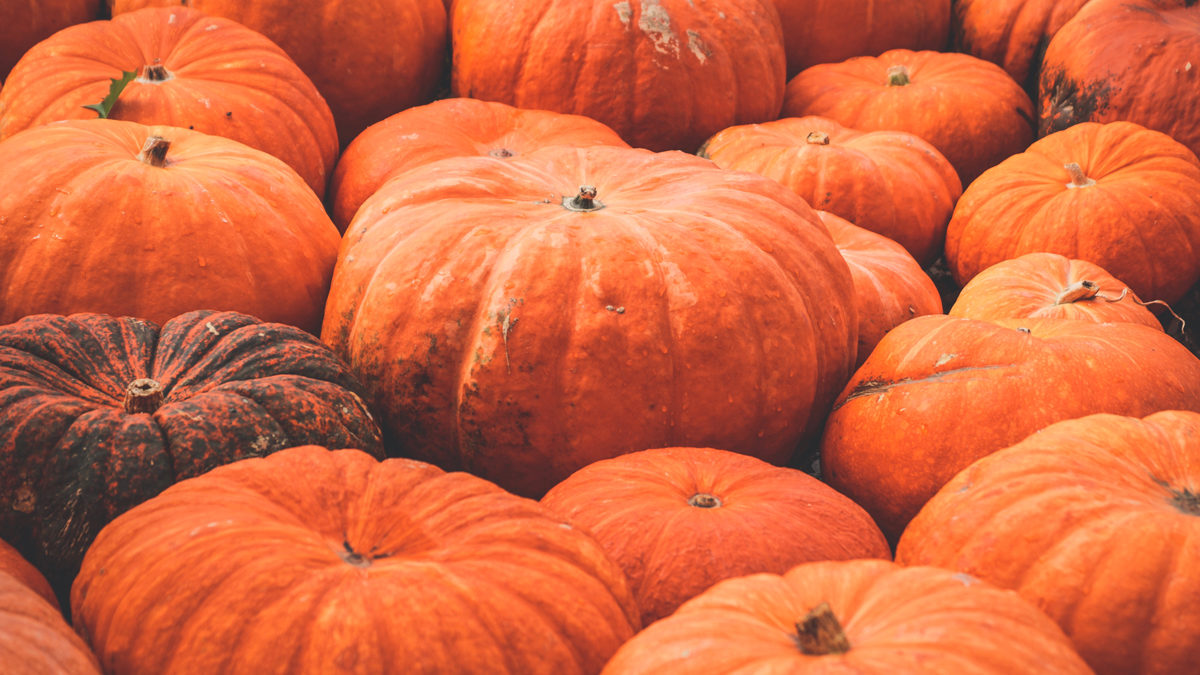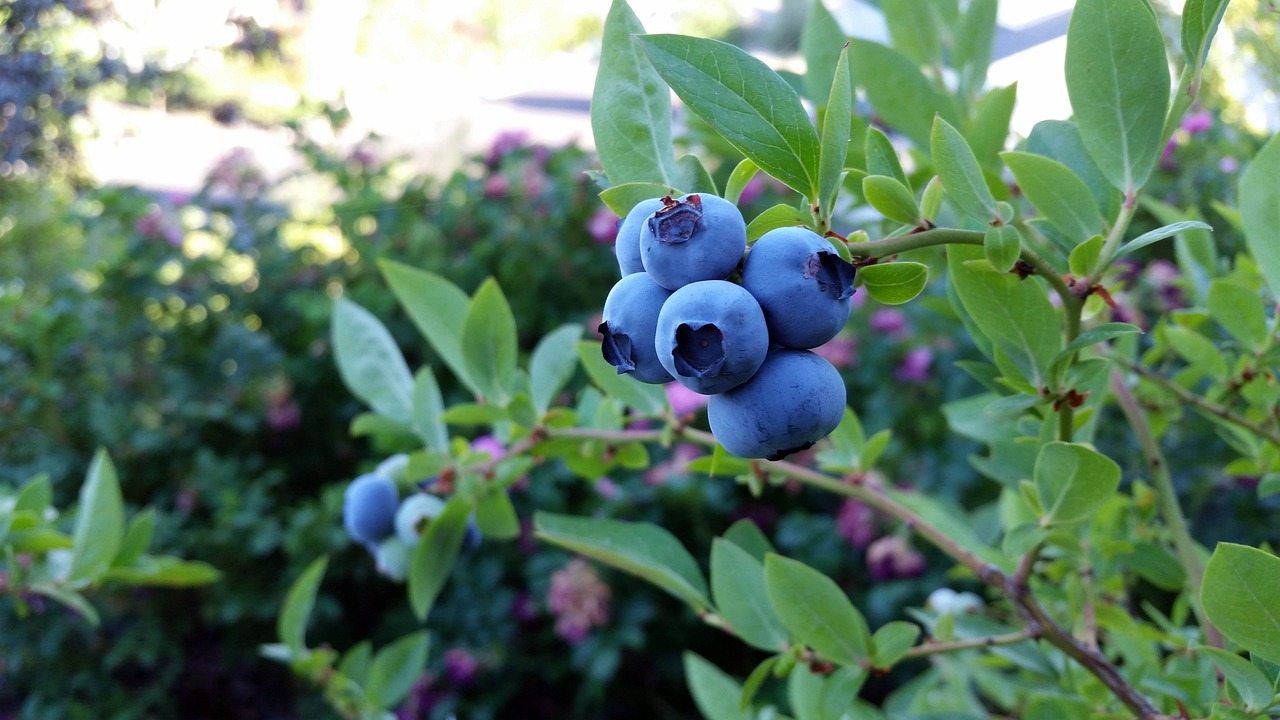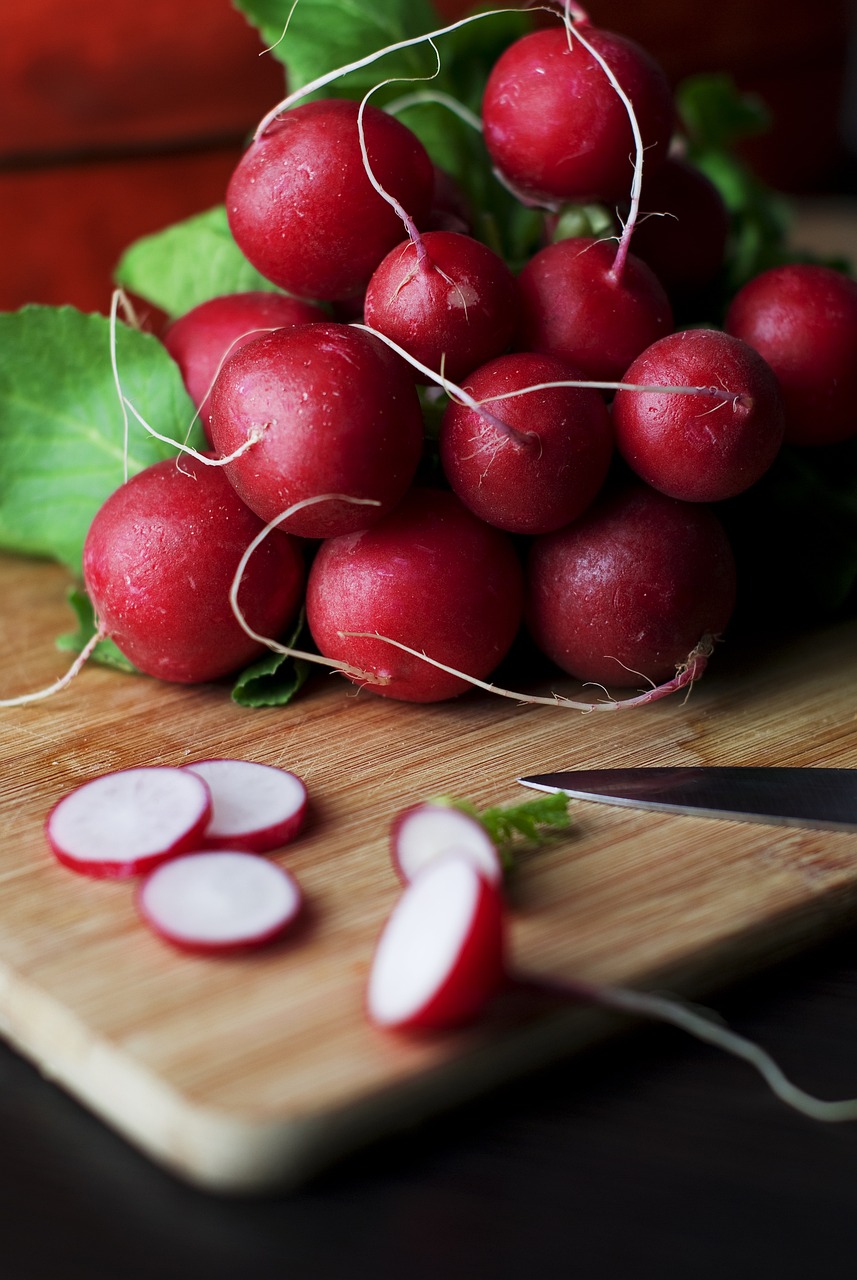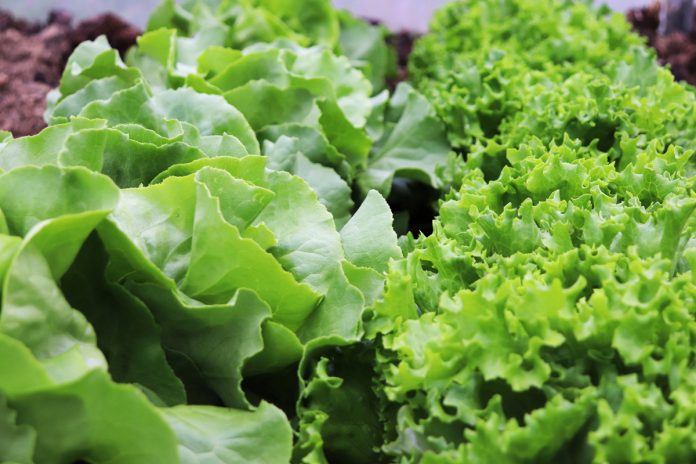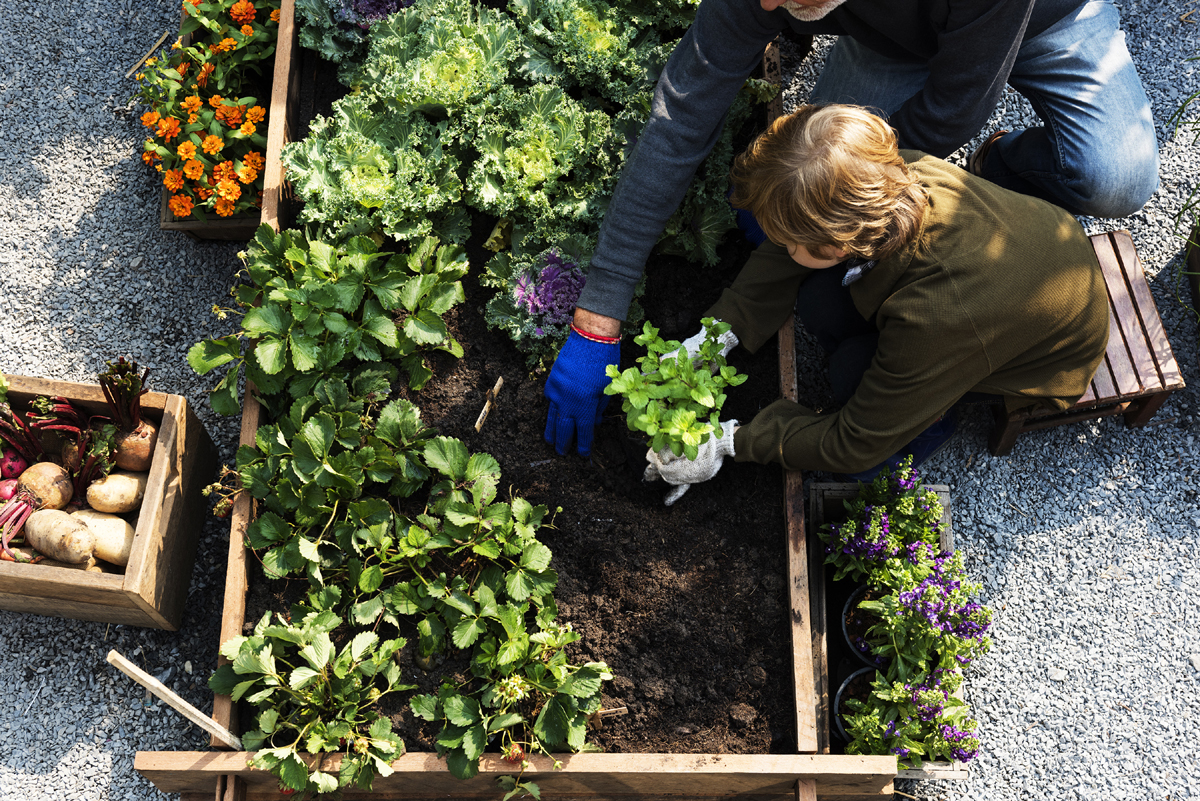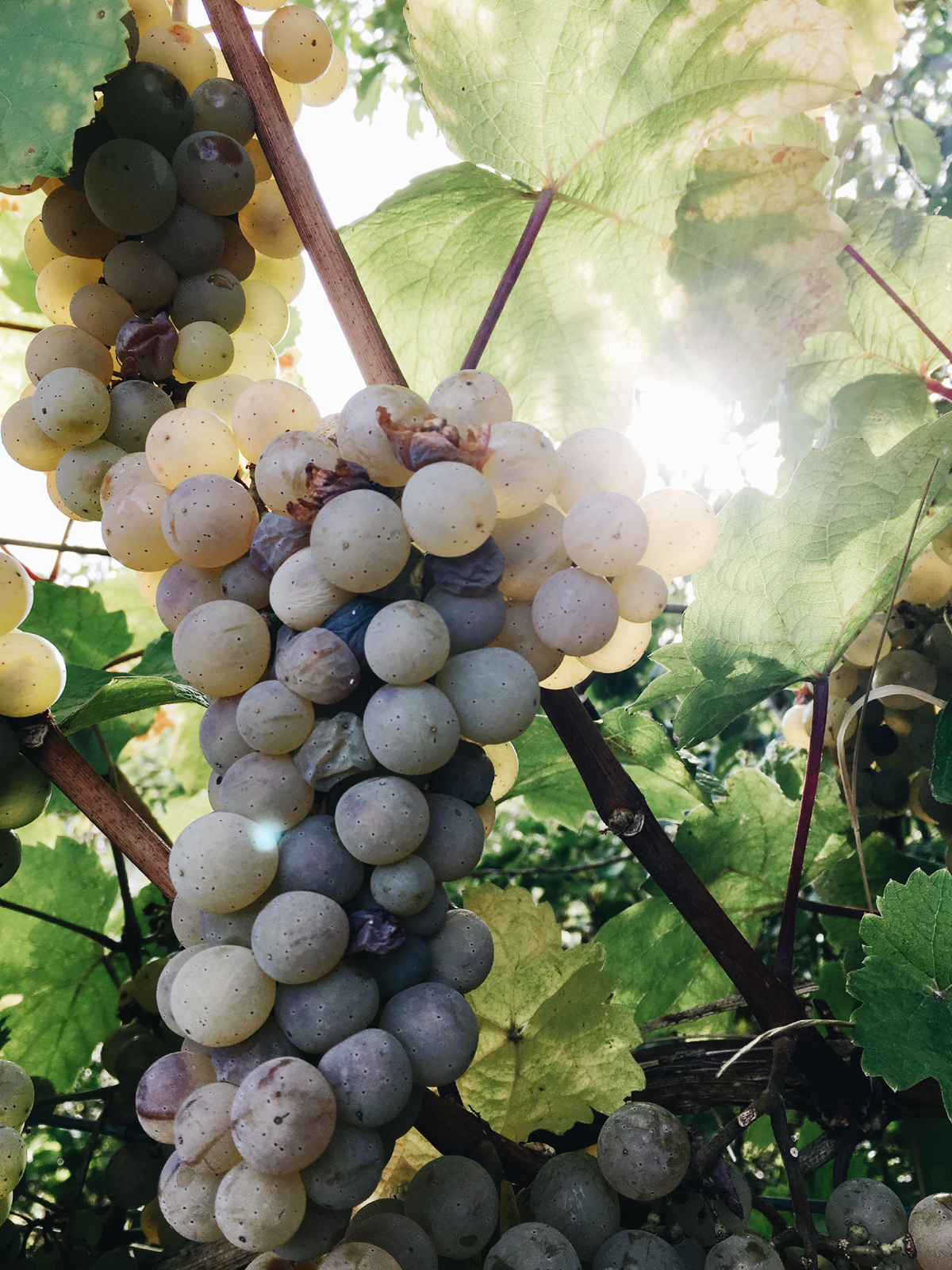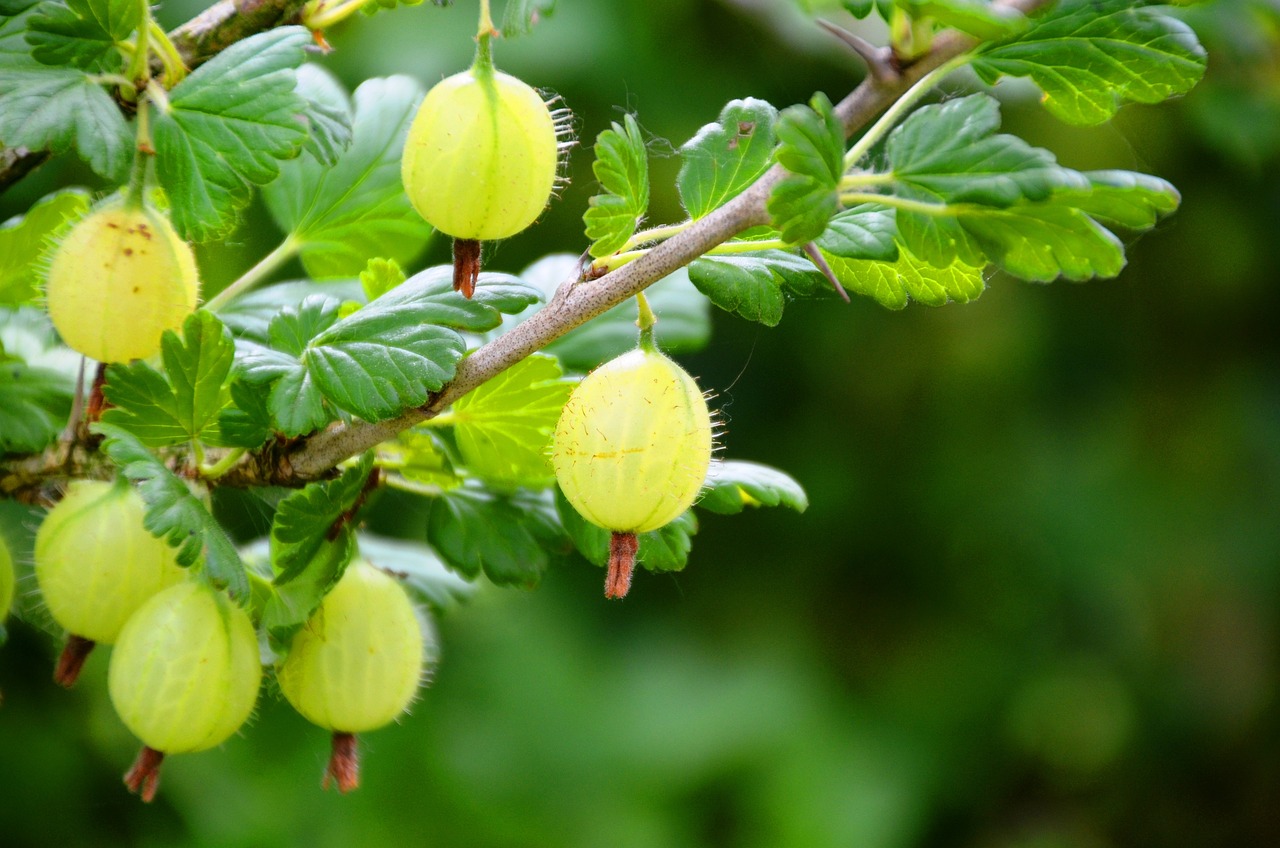Growing Blueberries for Fun or Profit
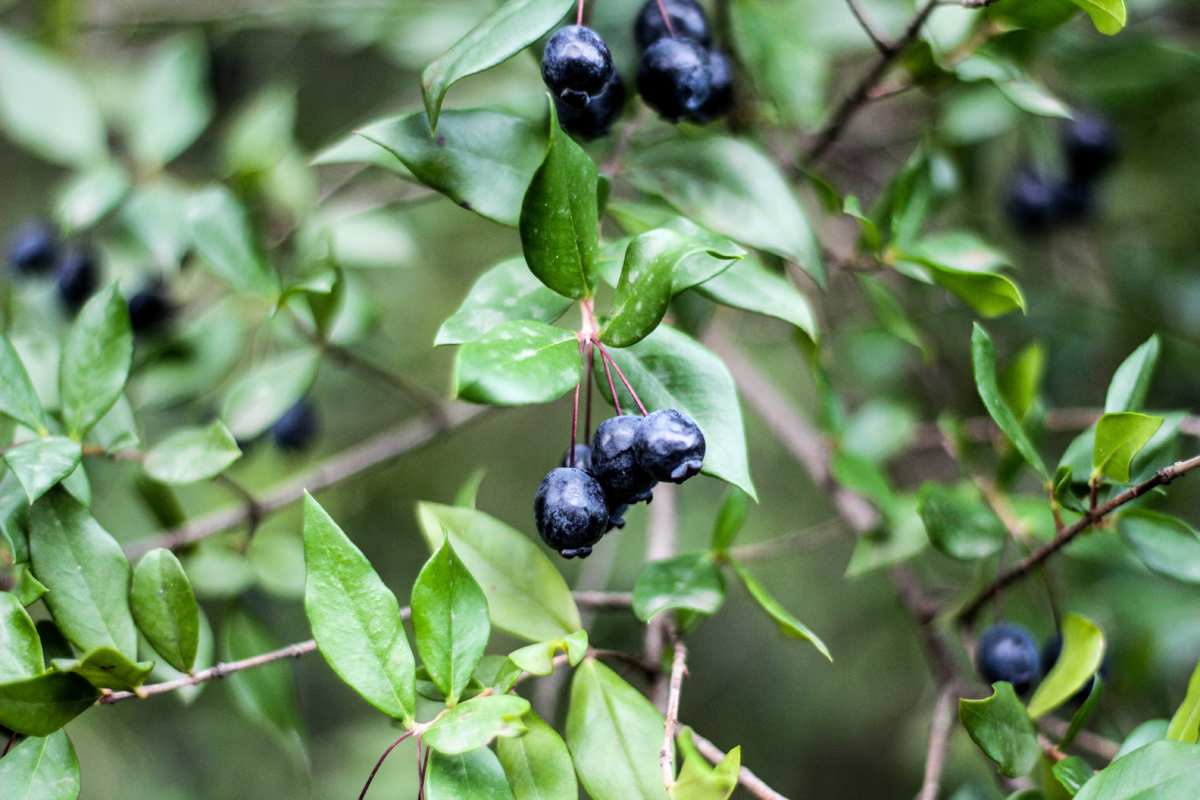
Blueberries are well known for fresh eating, pies, jams, jellies, syrups, juice, and baked goods such as blueberry muffins, pancakes and waffles. But, they are also baked into squash dishes and coffee cakes. Backyard growers and small farms prosper by offering blueberries as a u-pick crop, and by creating one-of-a-kind value-added blueberry products such as pancake mixes, or blueberry flavored organic yogurt and ice cream.
For home use, fresh blueberries freeze well unwashed, dry and unsweetened. People love the way they don’t stick to each other after being frozen like other berries, and pour out of their freezer containers like frosty marbles. My children loved to freeze blueberries in small individual freezer bags, then grab a bag throughout the coming months to snack on.
It is said that in blueberry season, bears will eat nothing else except ripe blueberries, and that they will travel up to fifteen miles per day on an empty stomach to find a blueberry patch. Both bears and birds have long loved the blueberry, leading one small blueberry farm in Southampton, Massachusetts to name itself “Bird Haven Blueberry Farm.” They protect their berries from the birds, and successfully sell blueberries as U-pick, fresh-picked, frozen, and in jellies, jams and pies.
Because blueberries grow from the south to the north, most locations can find varieties that suit their home garden or farm. It is recommended that at least two varieties, regardless of ripening time, are grown for cross-pollination and better fruit production. Yet, there are also a few reports of single species producing well. Today, home gardeners and small farmers can purchase highbush varieties developed from the commercial industry selected for large size, ease of picking and productivity. Older varieties, however, can also be found. “Rubel” is believed to be one of the first wild blueberries selected from the wild for commercial breeding, and can still be purchased and grown. It is reportedly higher in anti-oxidants than other commercial blueberries. The European bilberry and even wild huckleberries can also be purchased for growing in gardens. While the plant varieties vary greatly in size, the average gardener can expect from five to 15 pounds of berries each growing season.
The bushes require loose, acid soil suggested from pH 4.0 to 5.5, as would be found in their native woodland edge and meadow dwellings. The soil needs to have constant gentle moisture, never too soggy and wet during the growing season, and not allowed to dry out, especially their first year. Their roots are very shallow, so cultivation should be gentle. Some species offer fiery red or orange foliage in the fall, with lovely bark color in winter. There are also evergreen varieties and dwarf varieties. They can live up to 60 years, so choose the location wisely. And don’t forget to put up a “No Bears” sign.
The Author:
(c) 2006 Barbara Adams
Barbara Adams – Micro Eco-Farming: Prospering from Backyard to Small Acreage in Partnership with the Earth (New World Publishing) MicroEcoFarming.com

